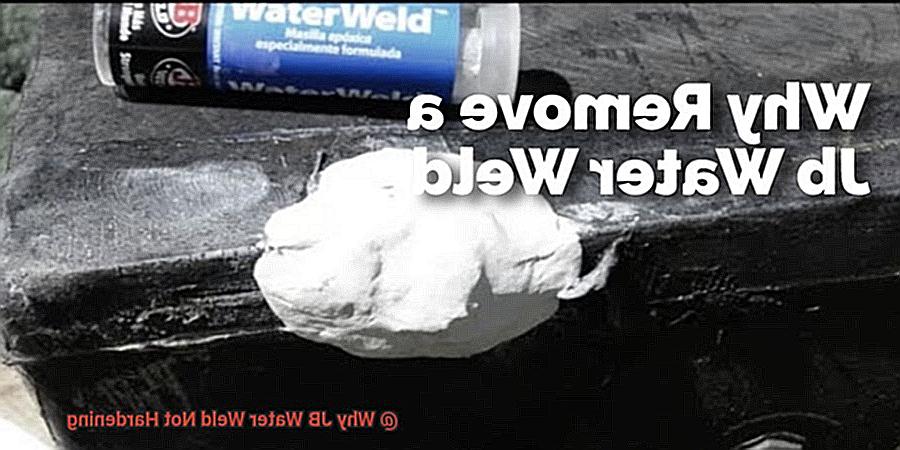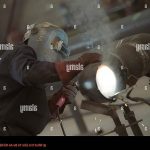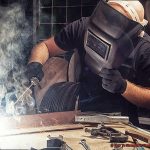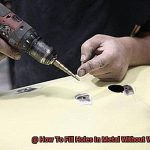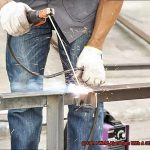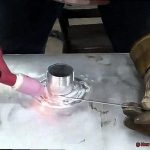Are you tired of dealing with leaks and cracks in your plumbing or other household items? Look no further than JB Water Weld, a two-part epoxy adhesive that promises a quick and easy fix. But what happens when you apply it and it never hardens?
Don’t fret, because you’re not alone. In this blog post, we’ll explore the reasons why JB Water Weld may not harden and provide some helpful tips on how to avoid this frustrating situation.
So, what causes JB Water Weld to fail? Perhaps the mixture wasn’t properly mixed or the adhesive was exposed to moisture before it had a chance to set. It’s also possible that the temperature wasn’t ideal for curing or the surface wasn’t prepped correctly. Whatever the reason, it’s crucial to understand how to prevent these issues from occurring in order to avoid wasting time and money on a failed repair job.
Now that we’ve got your attention, let’s dive deeper into the causes of JB Water Weld not hardening and discover how you can ensure a successful repair job every time.
What is JB Water Weld?
Contents
If you’re tired of dealing with pesky leaks in your pipes, tanks, or other water-related equipment, JB Water Weld is the solution for you. This two-part epoxy putty is specially designed for wet and underwater applications and is known for its versatility, reliability, and ability to bond to a wide range of surfaces.
The secret behind JB Water Weld’s success lies in its composition – it is made up of two components, a resin and a hardener, which are combined in equal parts to form a malleable paste that can be shaped and molded to fit the repair area. This makes it an ideal solution for emergency repairs, as it can be applied to both dry and wet surfaces without having to shut off the water supply.
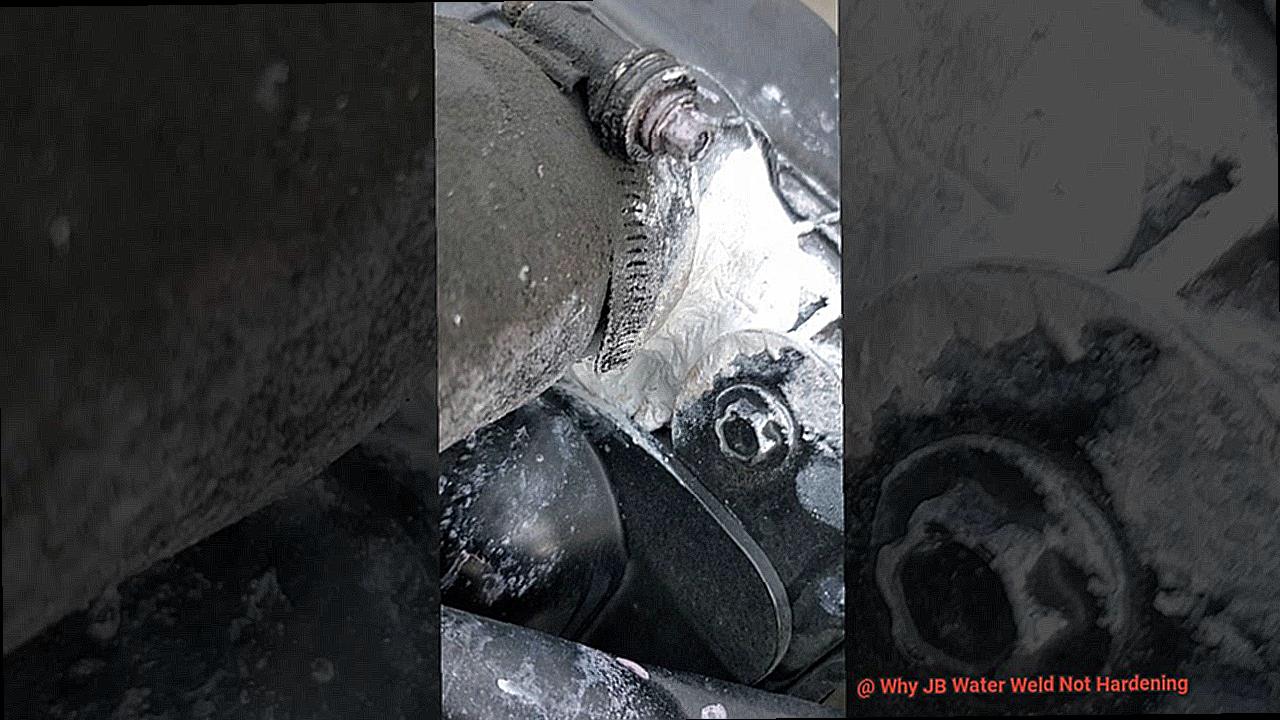
But what happens when JB Water Weld doesn’t harden properly? There are a few key factors that can impact the hardening process, including incorrect mixing, temperature control, and surface preparation. To ensure that your repair job is successful, it’s essential to follow the manufacturer’s instructions carefully.
To achieve optimal results with JB Water Weld, start by making sure that both components are mixed together in equal parts. If the mixture isn’t balanced or thoroughly mixed, it can result in a weak bond that won’t hold up over time. Temperature control is also critical – make sure to use JB Water Weld in temperatures between 50°F and 90°F to ensure proper curing. Finally, surface preparation is key – make sure the surface is clean, dry, and free from any grease or oil before applying the putty.
Once properly applied and cured, JB Water Weld is resistant to chemicals, corrosion, and temperature fluctuations. It can withstand temperatures ranging from -40°F to 300°F (-40°C to 149°C) and can resist water pressure up to 1,000 PSI. With these impressive properties, it’s no wonder that JB Water Weld is a reliable solution for repairing leaks and cracks in underwater or wet environments.
Why Does JB Water Weld Not Harden?
Look no further than JB Water Weld – the two-part epoxy putty that can bond to a wide range of surfaces. However, it’s important to understand why JB Water Weld may not harden properly, so you can avoid common pitfalls and get the results you need.
One common reason why JB Water Weld fails to harden is due to improper mixing of the two components. A quick or uneven mix can cause the product to remain soft and not harden at all. To avoid this, make sure to mix the components thoroughly and evenly, following the manufacturer’s instructions.
Temperature is another factor that can affect JB Water Weld’s hardening process. If the temperature is too low, it may take longer for the product to harden. On the other hand, high temperatures can cause the product to dry out quickly and become brittle. For best results, use JB Water Weld at room temperature.
Moisture exposure can also hinder JB Water Weld’s hardening process. Before application, ensure that the surface where the product will be applied is dry. Moisture can cause the product to remain soft and not fully harden. So, keep in mind that applying it on a wet surface is not recommended.
Finally, applying an inadequate amount of JB Water Weld or spreading it too thinly can prevent it from hardening properly. For optimal results, apply a sufficient amount of the product and ensure that it has been spread evenly over the surface.
In conclusion, there are several factors that can contribute to JB Water Weld not hardening properly. By following the manufacturer’s instructions carefully and taking steps to avoid common mistakes, users can ensure they get the best results from this popular welding and repairing product.
Incorrect Mixing of Resin and Hardener
Today, we’re going to talk about the importance of correct mixing when using JB Water Weld. This versatile two-part epoxy can bond almost anything, but if it’s not mixed properly, it won’t harden correctly. So, let’s take a closer look at how to get the perfect mix.
One of the most common mistakes people make is not mixing the resin and hardener in equal parts. This can lead to an incomplete reaction and a soft or sticky mixture that won’t harden. So, it’s critical to follow the manufacturer’s instructions carefully. They recommend thoroughly kneading and mixing the two parts together until they form a uniform color and consistency. This ensures that the chemical reaction between the two components will occur correctly, resulting in a strong bond.
Another important factor is using clean tools and surfaces. Any contaminants can affect the outcome of your project by interfering with the chemical reaction. So, make sure to clean your tools and workspace before starting.
Measuring out equal parts of both components is crucial as well. Using too much or too little of either part can throw off the balance of the chemical reaction and result in an incomplete cure. So, use a scale or measuring cups to get accurate measurements.
Lastly, it’s vital to only mix what you need and work within the recommended time frame. Once mixed, JB Water Weld starts to harden and cannot be reactivated by adding more hardener or resin. So, if you mix too much and don’t use it all, it will go to waste.
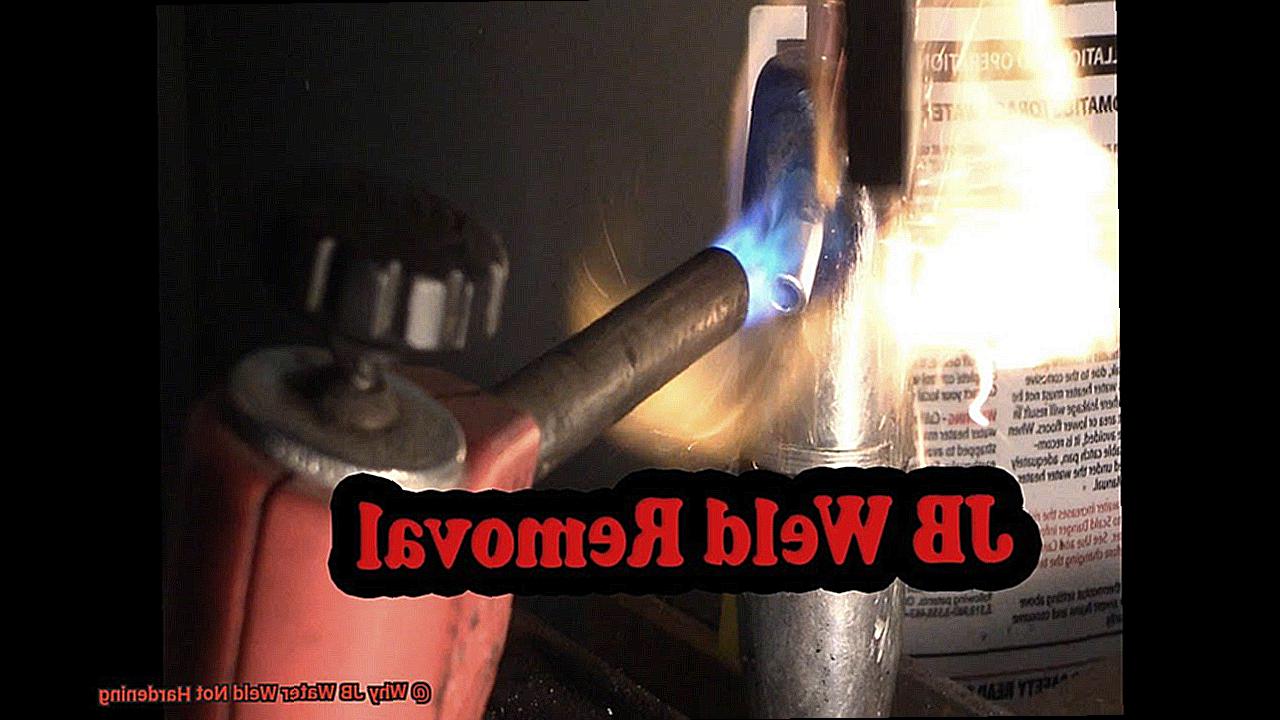
Temperature Range for JB Water Weld Application
This product is designed to adhere to a wide range of materials and withstand high temperatures, but achieving optimal results requires attention to specific temperature requirements.
To begin with, it’s essential to mix the resin and hardener in equal parts and within the recommended time frame. However, if the temperature falls outside of 32°F to 212°F (0°C to 100°C), the product may not cure properly. Incomplete hardening or cracking can arise, leading to issues with the repair.
It’s important to note that different materials require different application temperatures. For instance, repairing metal surfaces will require a different temperature than repairing plastic or ceramic surfaces. To ensure that you’re using JB Water Weld correctly, always consult the manufacturer’s instructions or seek advice from a professional.
Once you’ve applied JB Water Weld, the temperature during the curing process is equally essential. The repaired area should be kept between 50°F and 90°F (10°C to 32°C) for at least an hour after application. This will ensure that the product cures properly and results in a strong, long-lasting bond.
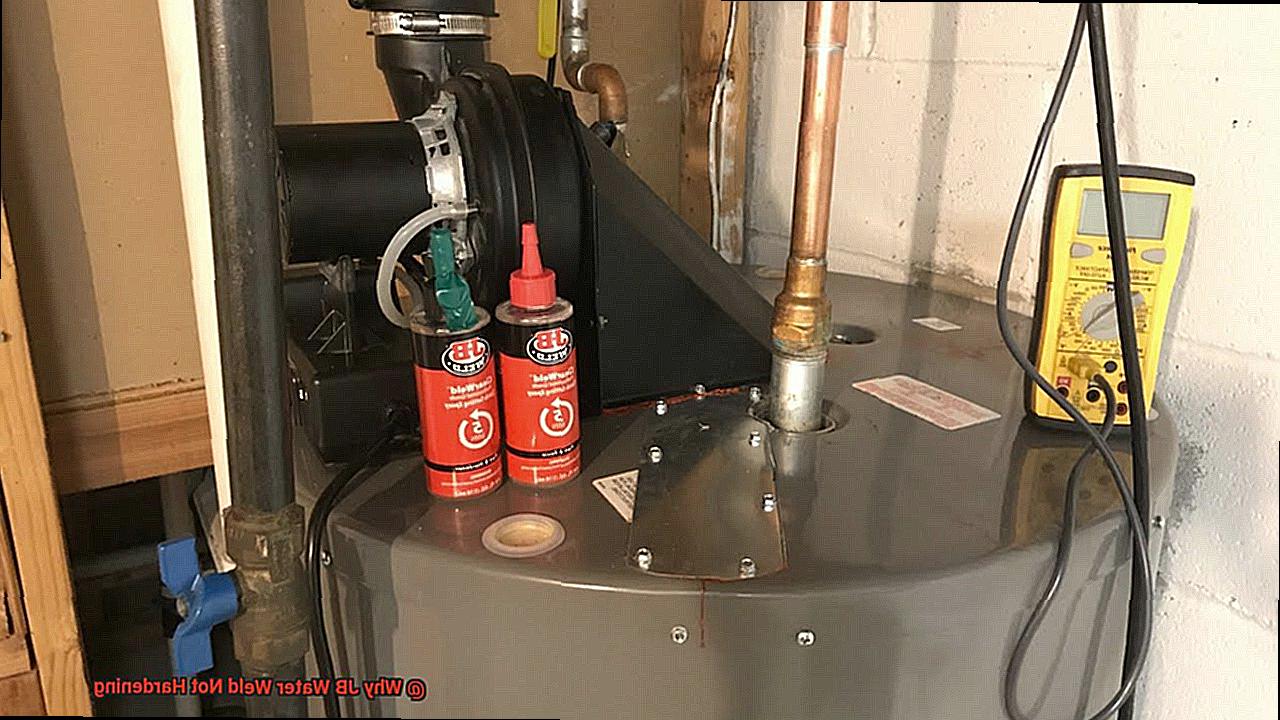
Overall, temperature range is a critical factor when using JB Water Weld. By following the manufacturer’s instructions and ensuring that the application and curing temperatures are within the recommended range, users can achieve optimal results and avoid issues such as incomplete hardening or cracking.
Surface Preparation for JB Water Weld Application
Great, but before you dive in, let’s ensure you’re equipped with the right knowledge on surface preparation. It’s an essential step in the application process to guarantee a strong and durable bond with JB Water Weld.
First things first – the surface must be clean, dry, and free from any contaminants like rust, oil, grease, or dirt. You can use a wire brush or sandpaper to remove any debris, but keep in mind that the surface should not be too smooth as the roughness provides better grip for the product.
Once you’ve cleaned the surface, give it a good wipe-down with a clean cloth or paper towel to eliminate any remaining dust or debris. For tougher grime, you can use a degreaser or solvent, but be sure to avoid leaving any residue on the surface that could affect the bond between JB Water Weld and your material.
Now for a crucial step – ensure that the surface is completely dry before applying JB Water Weld. Any moisture on the surface could cause your repair to fail. So take your time and use a clean cloth or paper towel to dry the surface thoroughly.
eKdpgfjZTGk” >
Conclusion
In summary, JB Water Weld is a go-to solution for repairing leaks and cracks in water-related equipment. However, it’s crucial to understand the reasons why it may not harden correctly to avoid common pitfalls and achieve optimal results.
To ensure success, start by carefully following the manufacturer’s instructions. Proper mixing of both components within the recommended time frame is essential. Additionally, make sure that the surface is clean, dry, and free from contaminants before application.
Temperature control is also crucial when using JB Water Weld. Apply it at room temperature and keep the repaired area between 50°F and 90°F for at least an hour to allow proper curing. Moisture exposure can also prevent JB Water Weld from hardening correctly, so make sure to keep it away from any sources of moisture.
When used correctly, JB Water Weld provides a durable and strong bond that can withstand harsh conditions such as chemicals, corrosion, temperature fluctuations, and water pressure up to 1,000 PSI.
So if you’re tired of dealing with pesky leaks in your plumbing or other household items, give JB Water Weld a try. With proper preparation and application techniques, you’ll have a quick fix that lasts.
